Last updated: March 9, 2021
Article
Blackstone River Valley, Birthplace of the American Industrial Revolution
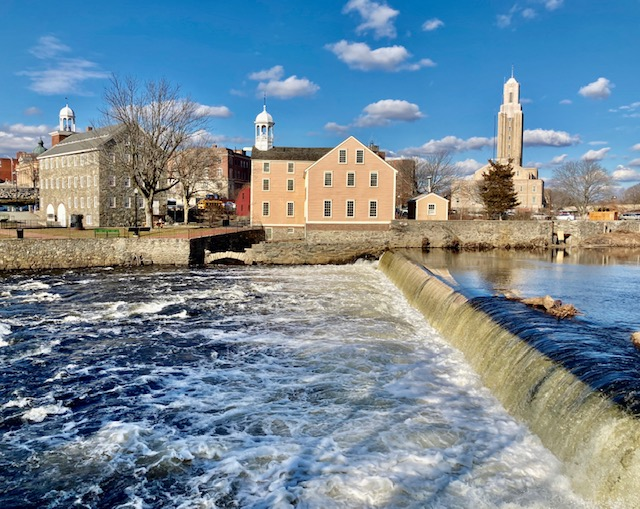
National Heritage Areas Program
Here, you can experience the Industrial Revolution by visiting sites throughout the corridor such as Slater Mill, the nation’s first cotton spinning mill. Most of the sites are located on the banks of the Blackstone River which runs from Worcester, MA to the Seekonk River north of Providence, RI, on Nipmuc and Narragansett tribal lands. The many extant mill villages include Slatersville in Rhode Island, and Hopedale and Whitinsville in south-central Massachusetts.
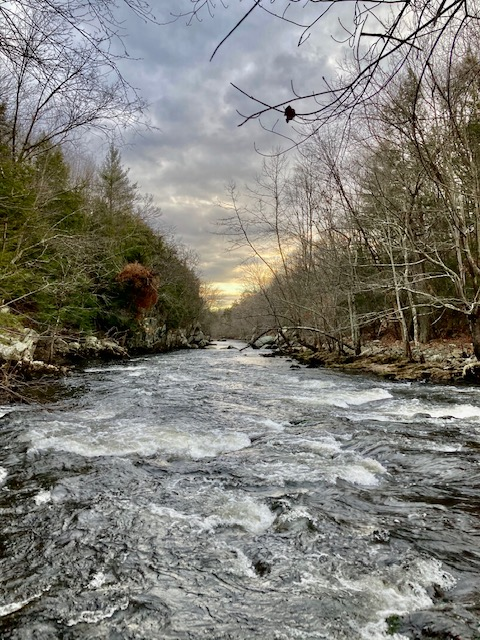
National Heritage Areas
Another part of what makes this National Heritage Corridor unique is the Blackstone River Valley National Historical Park, which emerged from a National Park Service study of the resources within the heritage corridor and was designated by Congress as a unit of National Park Service in December 2014. The park focuses on telling the nationally significant story of industry in the Blackstone River Valley, the nation’s first heavily industrialized region. It includes sites within the Heritage Corridor such as Blackstone River State Park in Lincoln, RI, home to the Captain Wilbur Kelley House Transportation Museum.
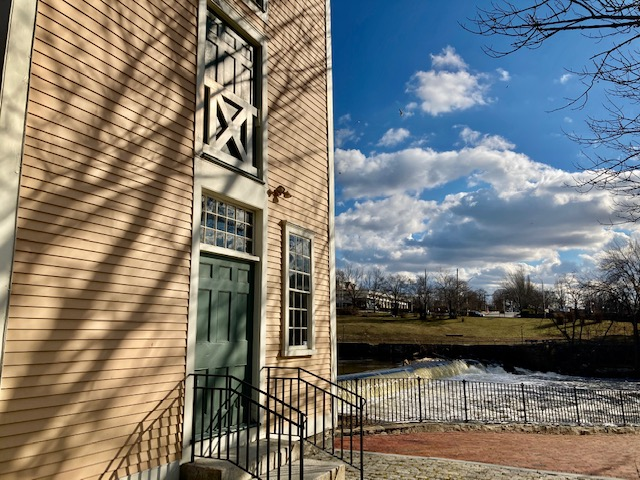
National Heritage Areas
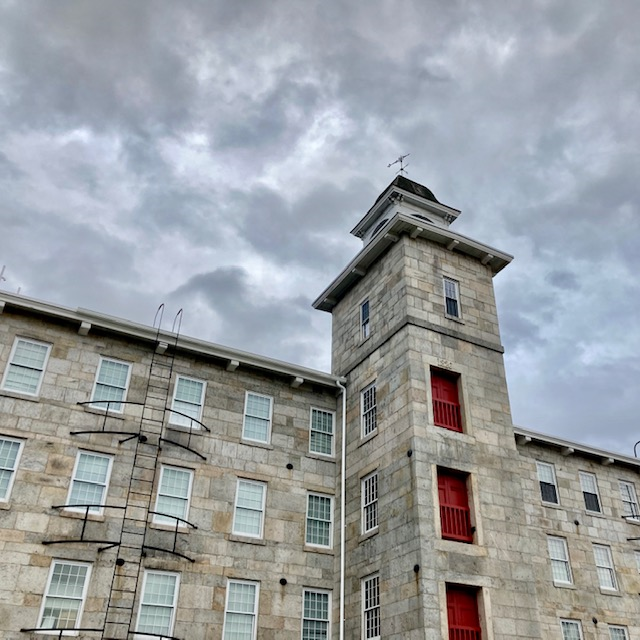
National Heritage Areas
Blackstone River Valley National Historical Park Supervisory Ranger Kevin Klyberg notes how special and unique it is that and the entire Heritage Corridor’s treasures are open, accessible, and lived-in today, not roped off. “If you explore places like Hopedale, Manchaug, and Worcester’s Green Island,” he says, “you can still see these mill villages.”
Many of these villages stand today as they did originally, as does the Slater Mill National Historic Site in Pawtucket. The 1793 mill housed the machine cotton spinning loom invented by Samuel Slater, an immigrant from England who took what he learned from English inventor and industrialist Jedediah Strutt to the U.S. The Slater Mill Historic Site also houses the beautifully preserved Wilkinson Mill (1810) and Sylvanus Brown House (c. 1758). NPS recently acquired all three of these buildings, as well as the section of the western bank of the Blackstone on which they stand.
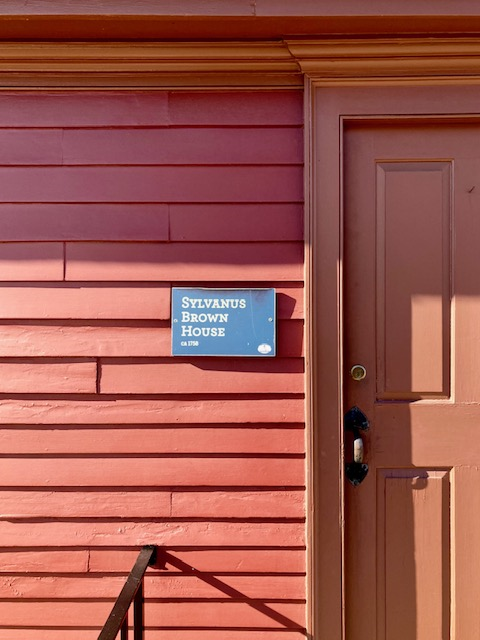
National Heritage Areas
Blackstone River Valley National Historical Park Ranger Mark Mello describes the joys of the park within the Corridor as a truly sensory way to experience history: in the mills, you “smell the machinery, and the oil sunk into the wood, and then there are the sightlines in the building, the way light comes in, the proximity to the river and the way you really feel the power of the water”.
Currently, Park staff are getting the Wilkinson Mill’s water wheel up and running, and soon visitors will be able to see this breakthrough technology working today. Prior to the present pandemic, you could tour all three of these landmarks inside and out when you visited. Today you cannot go inside but instead take a stroll around these fascinating architectural gems or sit by the river for a scenic lunch break.
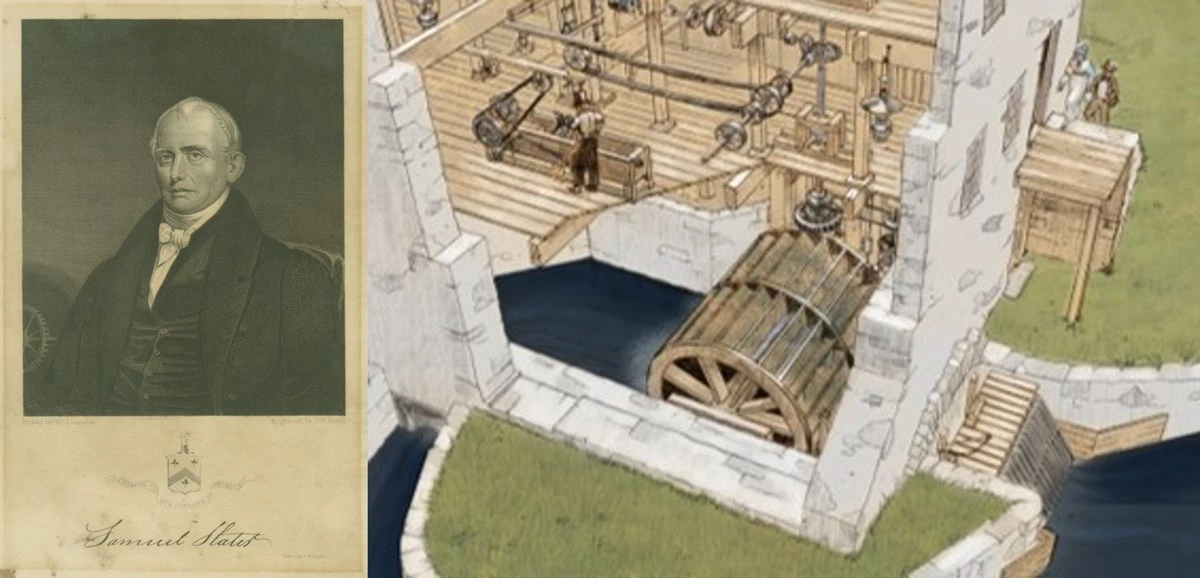
National Park Service
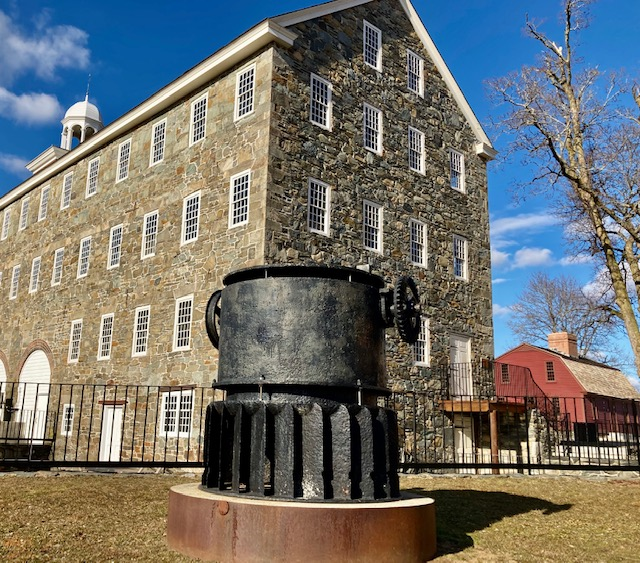
National Heritage Areas
The National Historical Park and its programming are one of many integral parts of the Blackstone Valley Heritage Corridor, along with an array of partner and affiliate sites. Other Heritage Corridor sites include the Roger Williams National Memorial in Rhode Island, as well as affiliates Worcester Historical Society and Brood Meadow Brook Wildlife Sanctuary in Worcester, MA—the list goes on and on.
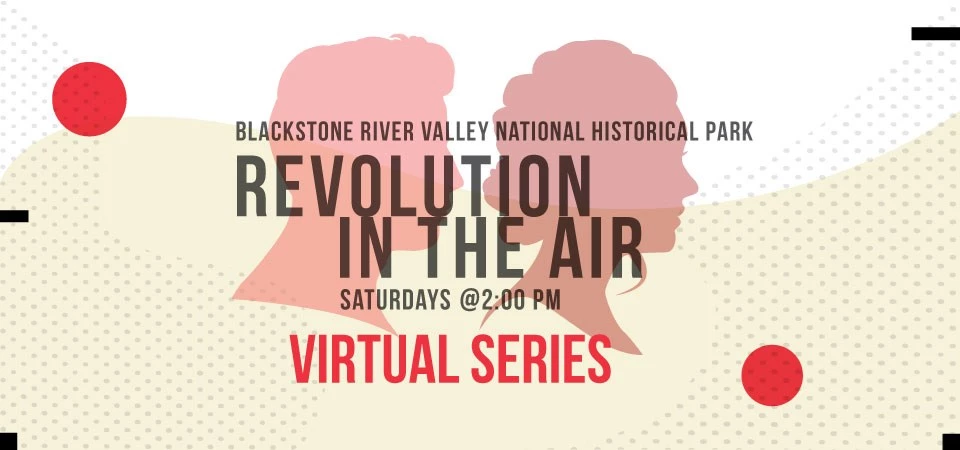
Blackstone River Valley National Historical Park
